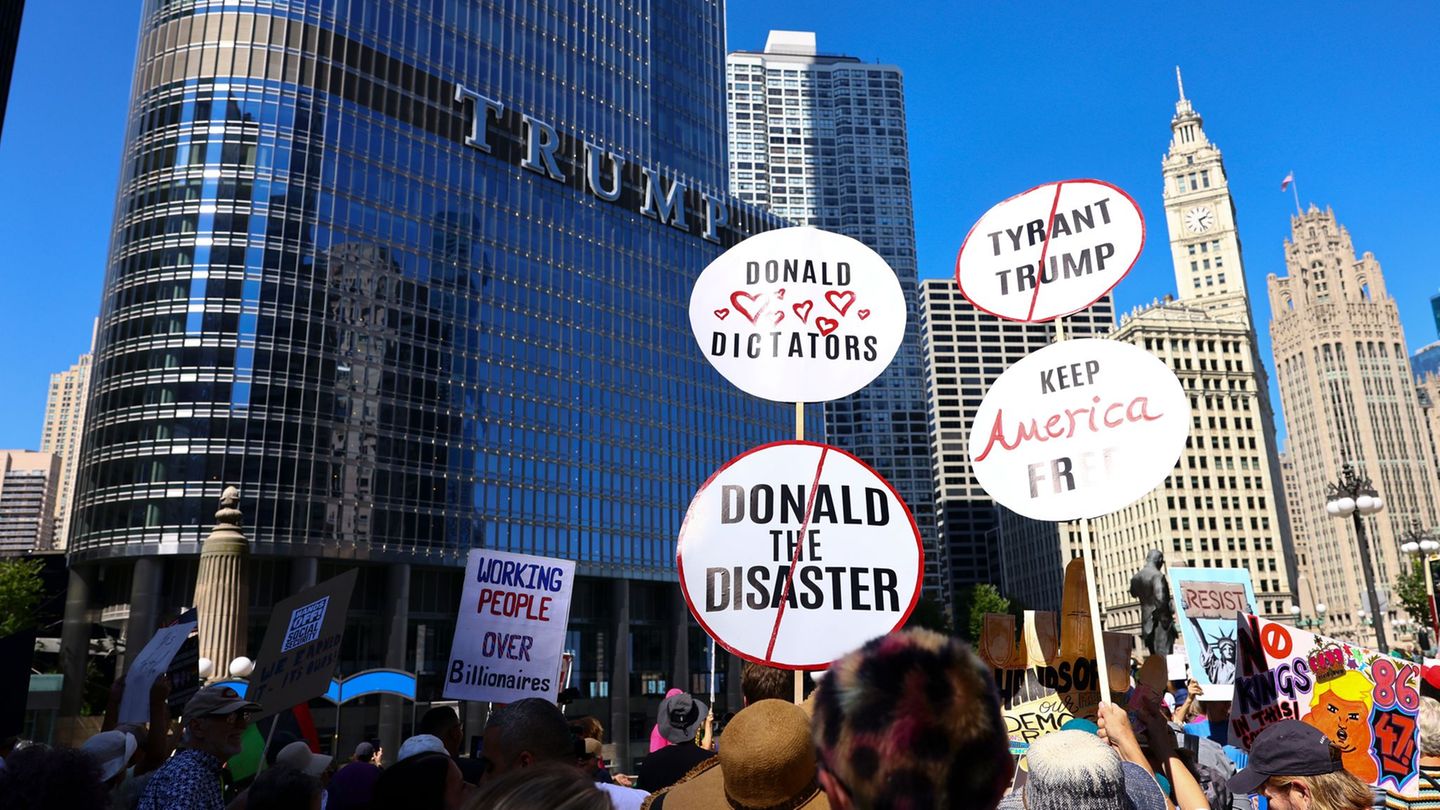VW has discovered a new way to use old electric car batteries. In large “power centers” they will be used to store green electricity for periods of low demand. The first system is expected to be connected to the grid by 2025.
The Volkswagen Group is moving into the operation of large battery storage systems for the power grid. Next year, the first so-called “Power Center” that temporarily stores green electricity will go online in Germany, announced Chief Technology Officer Thomas Schmall on Friday in Berlin. The site will be in the north of Germany, and the groundbreaking ceremony is scheduled to take place in the next six to eight weeks. “And we will go online at the beginning of next year,” said Schmall. “We will then be in the process of concrete implementation.”
The plant will be operated by VW’s Elli charging network division. The capacity will initially be 700 megawatt hours and can later be expanded to one gigawatt hour, said Schmall. That is roughly equivalent to the capacity of a gas-fired power plant. More “power centers” are to follow. This will open up a new business area for the group in a growing market.
Buffer for wind and solar power
The systems are intended to serve as a buffer for wind and solar energy and thus help to stabilize the power grid. “Our investments in stationary battery storage are therefore a significant contribution to the sustainable transformation of the energy supply,” said Schmall. This is because wind turbines and solar systems still have to be switched off again and again when there is an oversupply. This can be changed with large battery storage systems.
VW assumes that the need for such battery storage systems in Germany will increase tenfold in the coming years. So far, only one gigawatt hour of storage has been available in Germany. “We are doubling that with this one power center alone,” says Schmall.
Second use for old electric car batteries
In addition, Europe’s largest car manufacturer is opening up another area of application for used e-car batteries, whose performance is no longer sufficient in the car but which can still hold enough electricity for large-scale storage. The first plant will initially have to use brand-new batteries, as there are not yet enough returns from electric cars, Schmall admitted. “They are only now coming to us.” In the future, however, the “Power Centers” will specifically use decommissioned e-car batteries before they are recycled in the third step.
Last year, VW opened a smaller power center in Kassel, with which the Elli division has been participating in trading on the electricity exchange since then. Used battery systems from the now-discontinued E-Up electric microcar are used there. Other car manufacturers such as BMW and Audi also use used batteries as stationary power storage units, but so far only for their own energy supply or at charging stations.
Source: Stern




